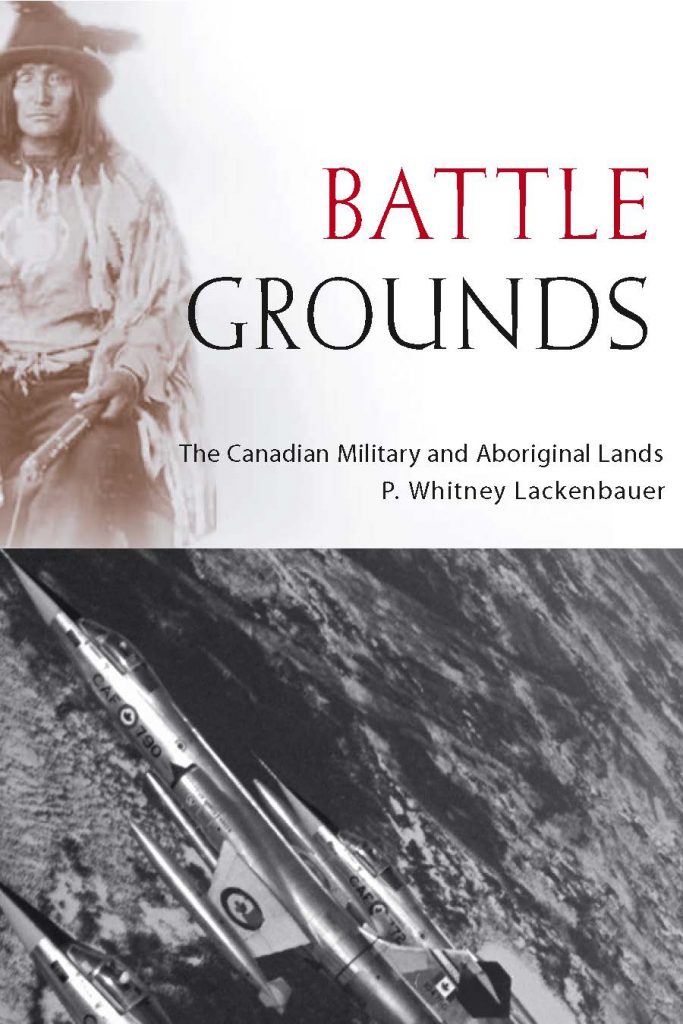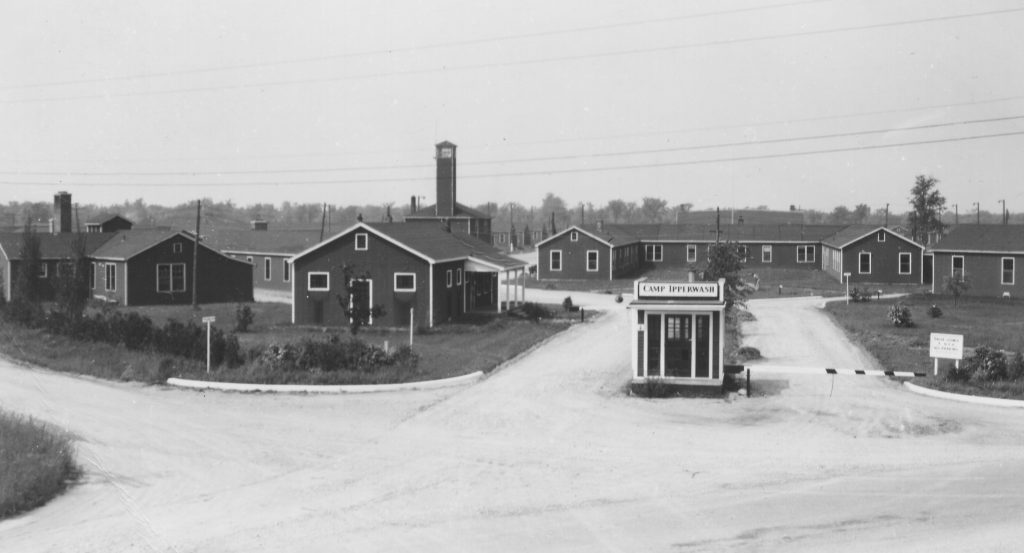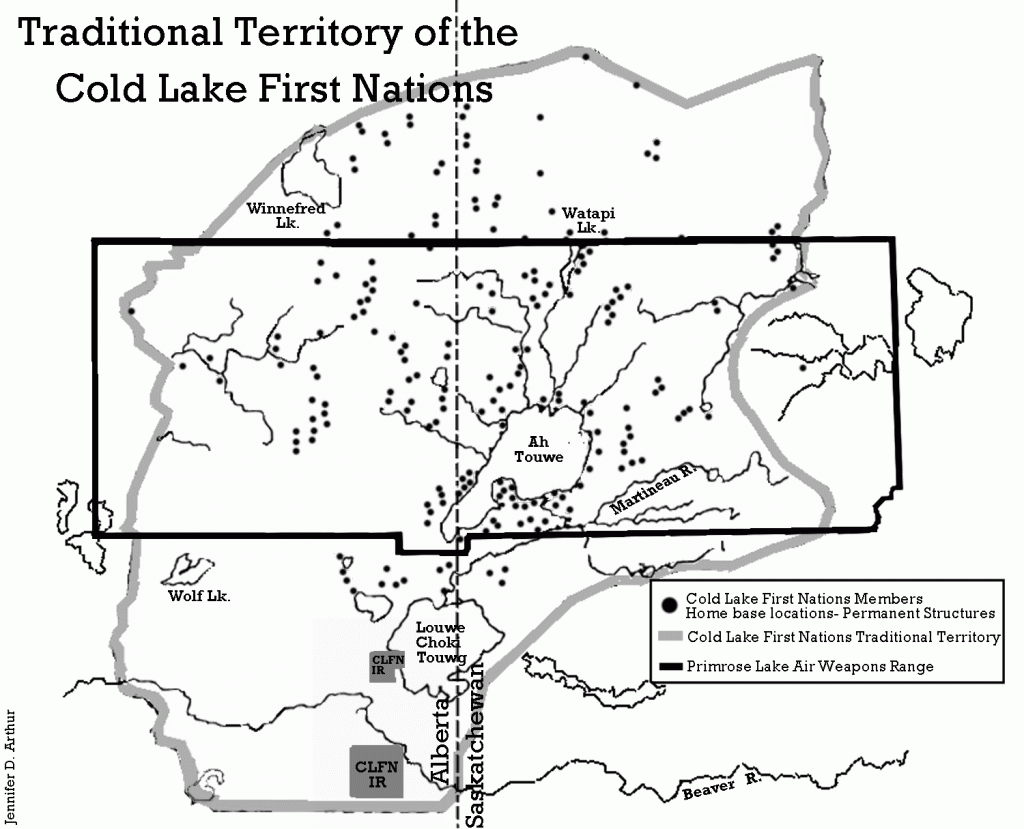“Whitney Lackenbauer’s Battle Grounds surveys the complex world of Native-military relations in twentieth-century Canada. Skillfully parsing the diverse forces at work in this relationship, his account is an astute reinterpretation of government-Aboriginal interactions that greatly enriches scholarly writing on relations between Natives and newcomers.”
– J.R. Miller





